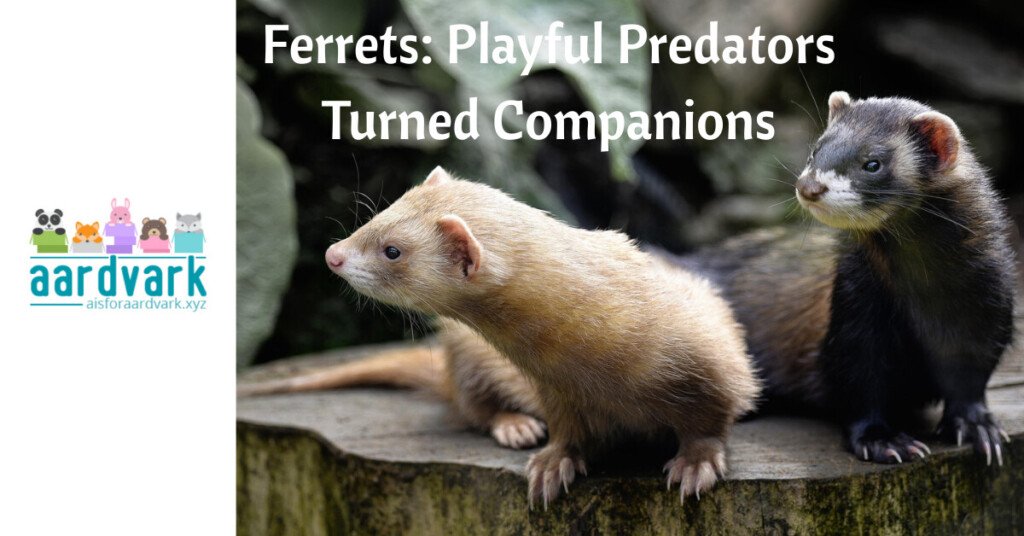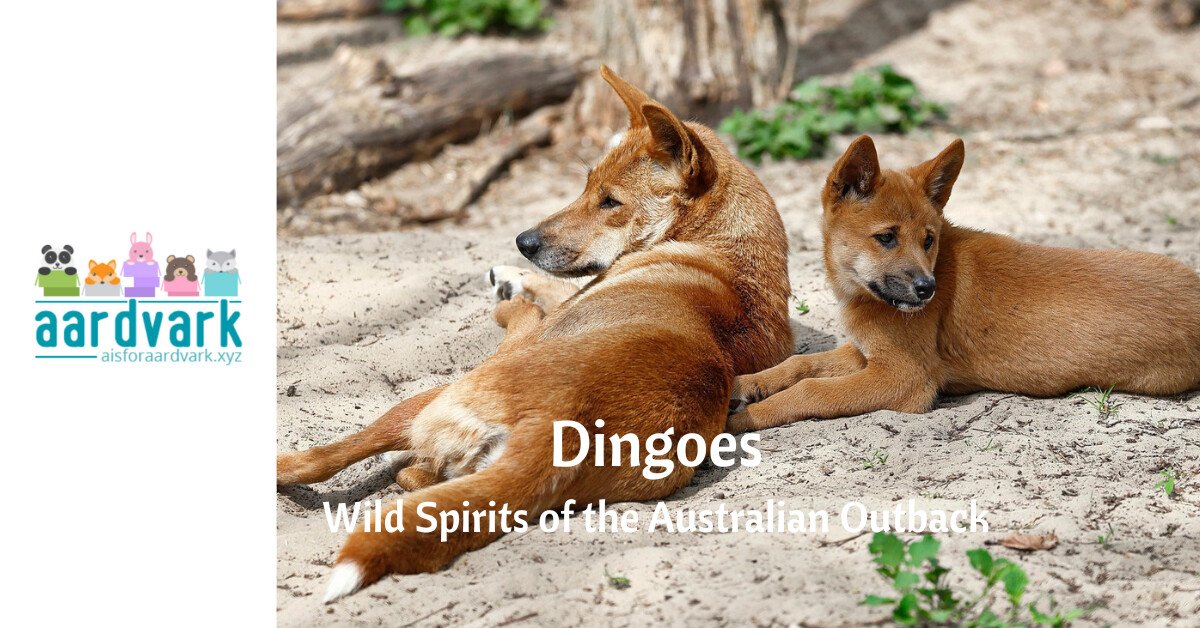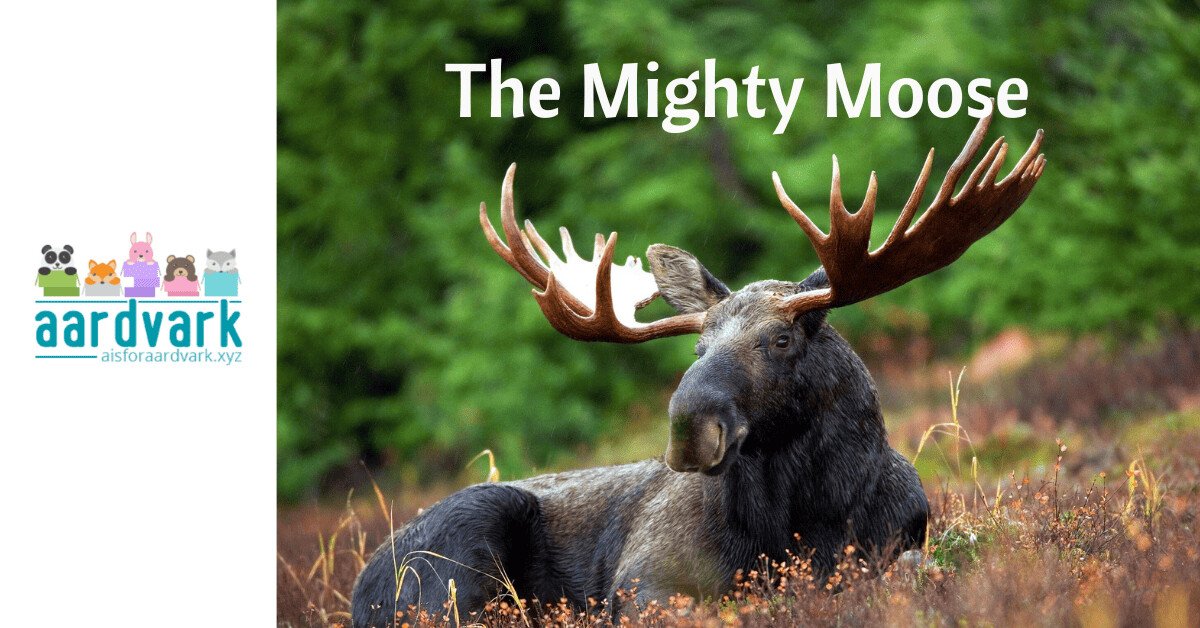Ferrets are among the most curious, energetic, and mischievous members of the animal kingdom. With their long bodies, small heads, and seemingly endless curiosity, these creatures have captured human attention for thousands of years. Though they’re often mistaken for rodents, ferrets actually belong to the mustelid family—the same family as weasels, otters, and minks.
Today, ferrets are primarily known as household pets, delighting owners with their clownish behavior, quick reflexes, and unique personalities. But their history goes far deeper. Ferrets were once indispensable working animals used for hunting rabbits and controlling pests in barns and grain stores. Their slender bodies and natural hunting instincts allow them to slip into burrows and flush out prey in a way no dog or cat ever could.
From ancient European warrens to modern apartment living rooms, the ferret has proven itself both a practical partner and a beloved companion. Equal parts predator and playmate, the ferret is a creature of endless fascination—and one that has earned its place in the hearts of people around the world.
Taxonomy and Origins
Ferrets belong to the family Mustelidae, a diverse group of mammals that includes weasels, minks, martens, stoats, badgers, otters, and even wolverines. The scientific name of the domestic ferret is Mustela putorius furo, and it is a domesticated subspecies of the European polecat (Mustela putorius). Despite centuries of coexistence with humans, ferrets are not considered fully separate from their wild ancestors in taxonomic terms, but their behavior and physiology have been shaped by long-standing domestication.
The name “ferret” comes from the Latin furittus, meaning “little thief,” a nod to their sneaky behavior and tendency to hoard shiny objects or food. Domestication is believed to have started at least 2,000 to 2,500 years ago, though the exact timeline is debated. The Greeks and Romans are thought to have used ferret-like animals for pest control, especially to drive rabbits and rodents from underground burrows.
By the Middle Ages, ferrets were widely used throughout Europe as tools for hunting—especially for a practice called ferreting, where the animals would chase rabbits out of warrens into waiting nets. Their small, slender bodies made them ideal for navigating tight spaces, and their intense prey drive made them efficient at flushing out animals humans couldn’t reach.
Though they retain many wild traits—keen senses, carnivorous diets, and agile hunting skills—modern domestic ferrets have adapted to a life of human companionship. Unlike their polecat ancestors, domestic ferrets are typically more docile and social, relying on people for food and shelter.
Physical Characteristics of Ferrets
Ferrets have a distinctive, almost serpentine body shape: long, slender, and highly flexible. This unique structure gives them an evolutionary advantage that allows them to twist, curl, and maneuver through tight tunnels and burrows with ease.
On average, ferrets measure between 38 and 50 centimeters (15 to 20 inches) long, with an additional 13 to 15 cm (5 to 6 inches) of tail. Males (called hobs) are noticeably larger and heavier than females (called jills), often weighing 1 to 2.5 kilograms (2.2 to 5.5 pounds), while females typically weigh 0.5 to 1.2 kg (1.1 to 2.6 pounds).
Their fur comes in a wide range of colors and patterns, thanks to selective breeding. Common colorations include:
- Albino (white fur, red eyes)
- Sable (dark brown coat with a lighter undercoat and black mask)
- Cinnamon, champagne, black, and silver varieties
Their coat is soft, dense, and suited for their burrowing lifestyle. Ferrets have sharp claws and strong limbs, which help them dig, climb, and grip surfaces as they explore. Their short, rounded ears and narrow, inquisitive faces make them look like they’re always up to mischief – and often, that seems to be the reality!
Ferrets have excellent senses of smell and hearing. However, their eyesight is less impressive, especially in bright light. They’re crepuscular by nature, meaning they’re most active during dawn and dusk. These low-light environments favor their sensitive noses and ears over vision.
Another key physical trait is their musk glands, which give ferrets a signature scent. Though not as potent as a skunk’s, their natural odor is noticeable, especially in unneutered males. In some regions, ferrets are descented (removal of their anal glands), but this does not eliminate all odor since much of their muskiness comes from skin oils and other glands.
Natural Behavior and Temperament
Ferrets are famously curious, playful, and mischievous, with a personality that often surprises people unfamiliar with them. They are bursting with energy and intelligence, and they approach the world with a combination of intense focus and chaotic joy. Left to their own devices, ferrets will explore every inch of their environment, squeeze into tight spaces, climb, burrow, and stealthily swipe objects they find amusing.
A hallmark among ferrets is their love for hiding things. They will often “ferret away” small items like socks, keys, toys, and even food into stash piles in corners, under furniture, or inside boxes. This instinct comes from their ancestral habits of caching food, and it can make living with a pet ferret a bit of a scavenger hunt.
Ferrets are also extremely social animals. They are often kept in pairs or small groups, but many form strong bonds with humans and will seek out attention, play, and interaction. They communicate through a variety of vocalizations and body language. Common behaviors include:
- Dooking: a chuckling, clucking sound made when excited or exploring.
- The Weasel War Dance: a famous, floppy, bouncing display of happiness, often performed during play.
- Hissing or puffing: signs of stress, fear, or agitation—though some ferrets hiss while playing, too.
Ferrets sleep for most of the day – up to 18 hours!. But when they are awake, they are full of energy and demand stimulation. Without enrichment, ferrets can become bored or even depressed, which may lead to destructive behavior or health problems.
Because of their intelligence and social needs, they thrive in environments where they receive frequent handling, free-roaming time outside of their enclosures, and plenty of opportunities to play and explore. They’re often compared to toddlers in terms of their activity level and curiosity—both a delight and a challenge for their caregivers.
Diet and Feeding Needs
Ferrets are obligate carnivores, which means they must eat meat to survive. Their digestive systems are short and fast, designed to process high-protein, high-fat animal matter efficiently. But they can’t handle plant-based food. Feeding a ferret fruits, vegetables, or grains can cause digestive issues or long-term health problems.
In the wild (or working in the field), ferrets prey on small animals like rodents, birds, and insects. They eat almost the entire body – muscle, organs, bones – which provides a natural balance of nutrients.
Domesticated ferrets thrive on a similar nutritional profile, and today, a number of commercial ferret foods are specifically formulated with the proper levels of meat protein and fat.
A high-quality ferret diet typically includes:
- Specialty ferret kibble (high in meat protein, low in carbs and fiber)
- Raw or cooked meats (chicken, turkey, rabbit, etc.), when prepared properly
- Occasional raw meaty bones, for dental health and enrichment (with supervision)
Some owners feed raw diets (known as BARF—Biologically Appropriate Raw Food), but this approach requires strict planning to ensure nutritional completeness and avoid bacterial contamination. It’s not for beginners but can be very healthy for the ferret when done right.
Foods to avoid include:
- Fruits and vegetables (they can’t digest fiber well)
- Dairy products (ferrets are lactose intolerant)
- Sugary snacks or human treats
- Dog or cat food (unless it’s a high-protein kitten food in a pinch)
Ferrets have fast metabolisms and need frequent small meals throughout the day. Some owners free-feed kibble, while others stick to scheduled mealtimes. Fresh, clean water should always be available—ideally in a heavy bowl or water bottle so that the ferret can’t knock over the container!
Because of their dietary needs, improper feeding is one of the most common causes of illness in pet ferrets. A poor diet can lead to conditions like insulinoma (a pancreatic tumor tied to sugar intake), bladder stones, and malnutrition. For long-term health, a species-appropriate diet is essential.
Reproduction and Life Cycle
Ferrets are seasonal breeders, with most mating activity occurring between March and August in the Northern Hemisphere. Jills will remain in heat until they mate. This can lead to estrogen toxicity, a potentially fatal condition, if breeding doesn’t occur. This is why spaying is often recommended for pet jills. Hobs also undergo seasonal changes, becoming more muscular and territorial during the breeding season.
After mating, gestation lasts about 41 to 43 days, and a litter of 2 to 7 kits is born. Kits are blind, deaf, and hairless at birth. They open their eyes around 3 weeks of age and are weaned by about 6 weeks. Ferrets reach sexual maturity around 4 to 6 months old.
With proper care, domestic ferrets typically live 6 to 10 years, though some may reach 11 or 12.
Ferrets as Working Animals
Historically, ferrets were used in a practice called “ferreting,” where they flushed rabbits from burrows into nets. Their long, flexible bodies made them ideal for this task.
In more recent history, ferrets have been used to thread cables through tight spaces. Their agility, curiosity, and willingness to explore dark, narrow passages made them practical workers as well as entertaining companions.
Ferrets as Pets
Ferrets are increasingly popular as pets. They thrive in households that provide proper space, enrichment, and socialization. Ferrets need several hours of supervised out-of-cage time daily and should be housed in multi-level enclosures with hammocks, tunnels, and toys. Ferret-proofing the home is essential due to their knack for getting into small, unexpected spaces.
They are illegal to own in some places, including parts of the US (such as California and New York City), due to concerns about ecological risks and pet safety. Where ownership is legal, ferrets make affectionate, playful, and highly entertaining pets.
Cultural References and Symbolism
Ferrets have appeared in European folklore, often as symbols of cleverness or mischief. In modern media, they’ve starred in films like “The Beastmaster” (Kodo and Podo), made cameos in popular sitcoms, and become viral sensations on social media. Their quirky personalities and exaggerated movements have cemented their place in internet culture, building on their ancient links to myth, superstition, and practical use.
Conservation, Ethics, and Ferret Relatives
Domestic ferrets are not endangered, but their wild cousin, the black-footed ferret (Mustela nigripes), is one of North America’s most endangered mammals. Once thought extinct, they’ve been reintroduced through captive breeding programs. Ethically, ferret owners must consider proper care, adoption over purchasing, and the environmental risks of releasing ferrets into the wild.
Ferrets are clever, affectionate, and endlessly curious animals that have spent centuries at the side of humans as workers, hunters, and companions. With their rich history, unique biology, and vibrant personalities, they still charm and challenge those who bring them into their homes. Caring for a ferret is a responsibility—but for many, it’s one that brings years of joy, laughter, and deep connection.







